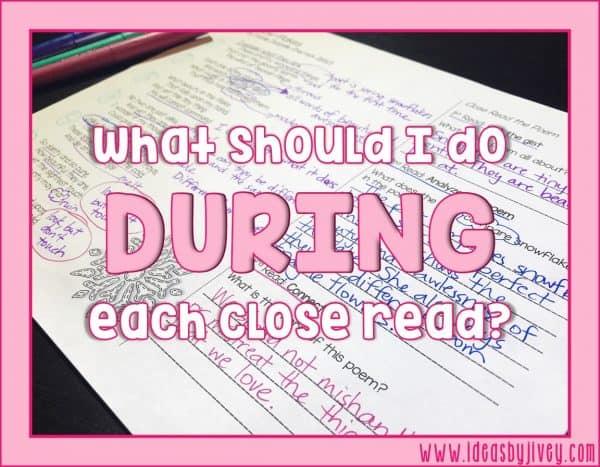
What Should I Do During Each Close Read?
Honest talk here. Close reading turns those mini-lessons into MAXI-lessons if you try to fit in all that you want to do with a text

Honest talk here. Close reading turns those mini-lessons into MAXI-lessons if you try to fit in all that you want to do with a text
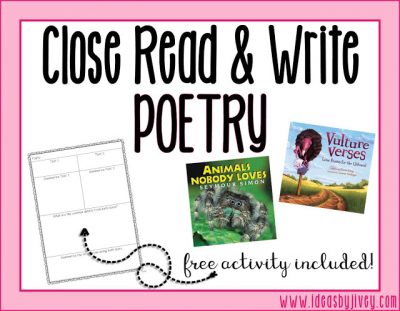
**This post contains Amazon affiliate links. The few cents I earn on affiliate purchases is used to fund awesome giveaways!** When I read Molly’s
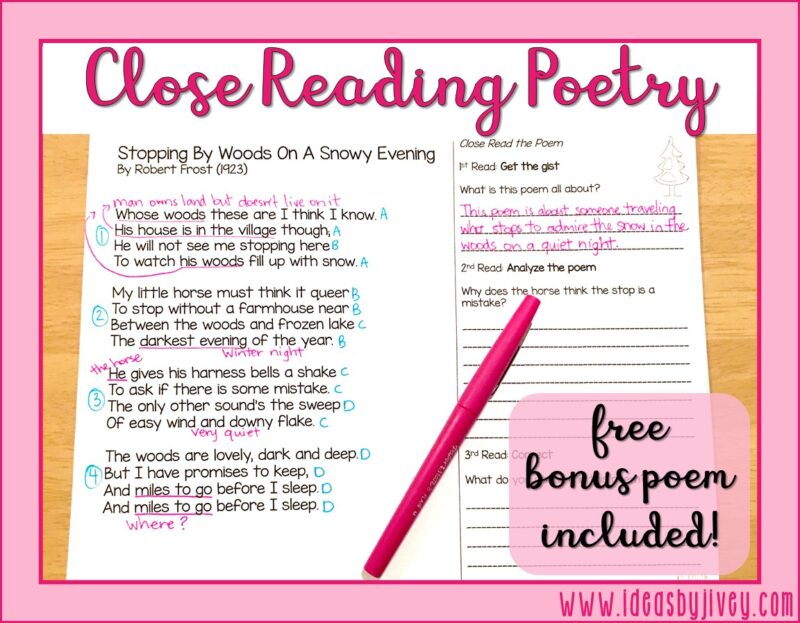
One of my all-time favorite books to use when teaching poetry is Love That Dog by Sharon Creech, but you CAN’T just read it. For
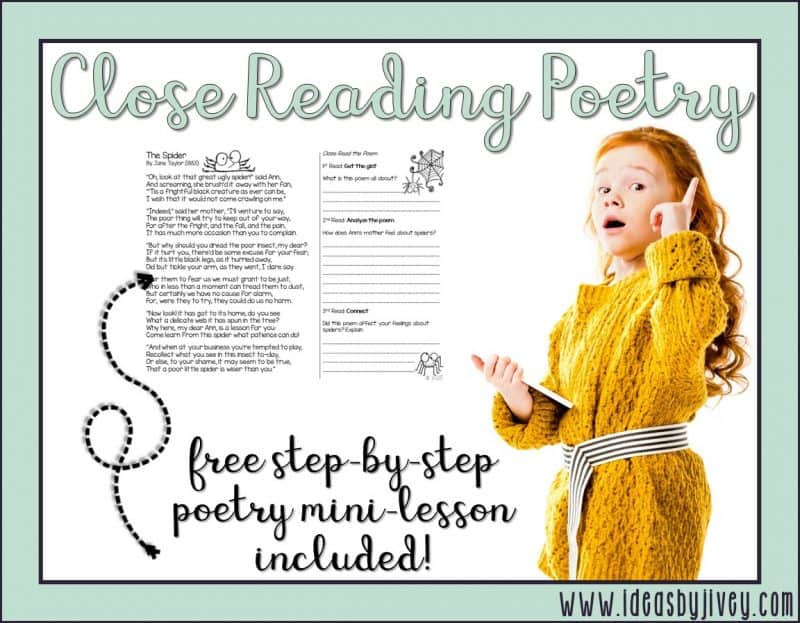
Poetry is not just for April! Don’t save all the awesome poems for the spring! Everything you are doing with close reading can be done
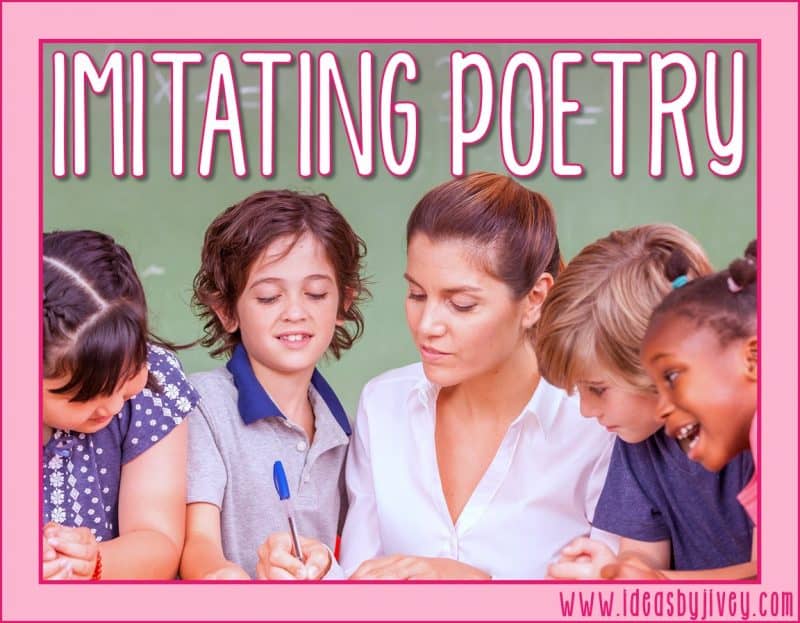
We have had some serious fun with poetry using Love That Dog. If you’ve never read this book, it is a MUST with a poetry